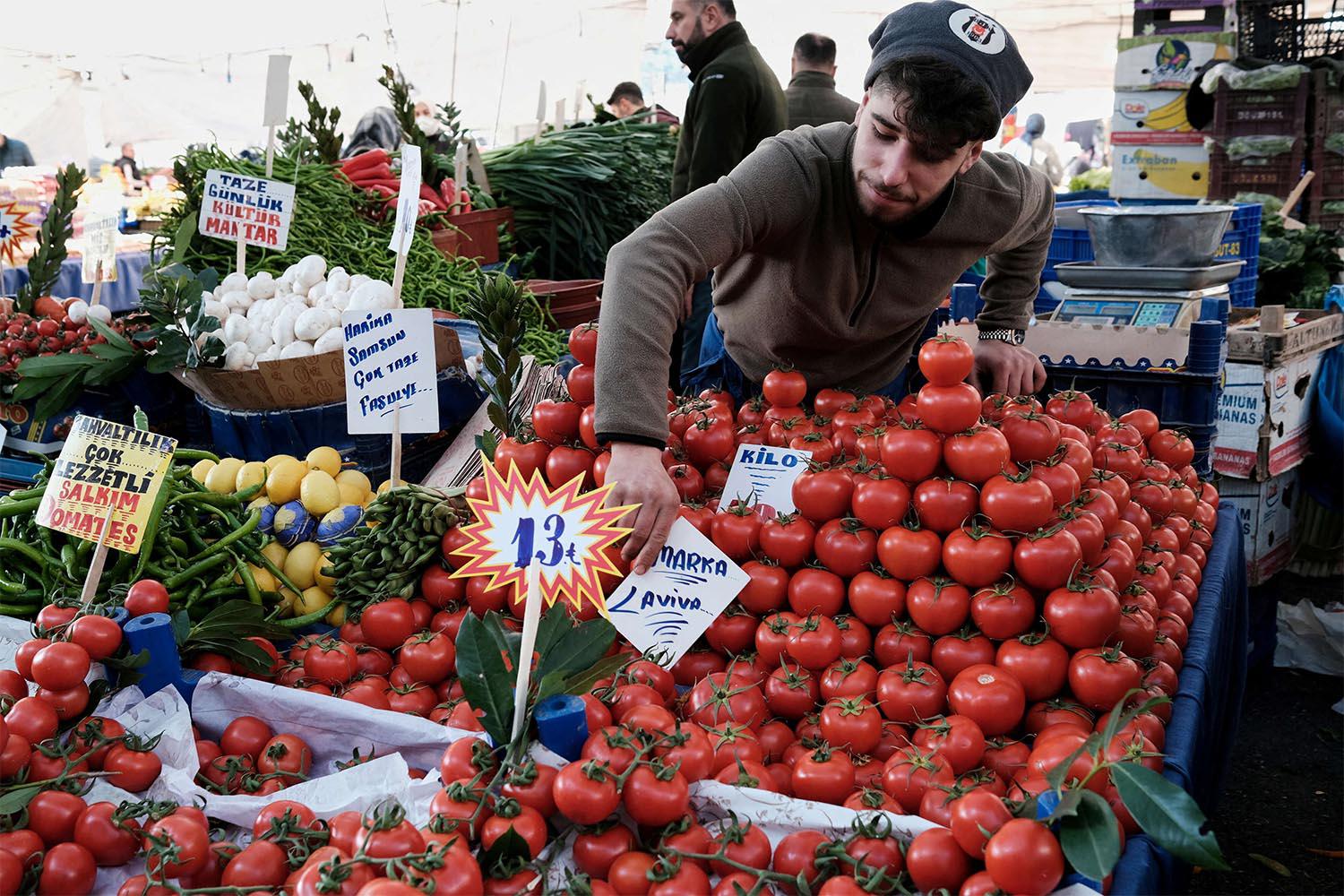Inflation had never reached such levels in Turkey since Turkish President Recep Tayyip Erdogan came to power in 2003. Less than a year from the presidential election scheduled for June 2023, the subject has become hot.
According to official figures published on Monday, inflation in Turkey reached 78.6% year on year in June. This very sharp rise in prices is largely explained by the collapse of the Turkish lira, which has lost almost half of its value in one year against the dollar.
But with the war in Ukraine, the successive lockdowns in China, the persistent energy shortage and disrupted production chains, there is a global inflation problem in Turkey.
Faced with the global rise in prices, in a quasi-synchronous fashion, central banks around the world are rushing to raise their key interest rates in the hope of bringing galloping inflation under control in Turkey.
But despite constantly accelerating inflation, and fears of new price increases linked to the war in Ukraine, the Turkish Central Bank still refuses to raise its key rate, which has been stable at 14% since December.
Contrary to classical economic theories, President Erdogan believes that high interest rates promote inflation in Turkey.
These decisions had caused a collapse of the Turkish lira, which lost 44% against the dollar in 2021. The currency has again seen its value melt by 23% against the greenback since January 1, despite repeated interventions by the central bank. .
Why did the Turkish central bank decide to follow a totally different strategy from other banks? What will be the consequences of such a monetary policy?
Raise interest rates to fight inflation in Turkey
First, let’s look at the reasons why central banks raise their rates to curb inflation in Turkey.
The central bank of a country is above all an independent institution, charged by the State with deciding to apply monetary policy.
The primary mission of a central bank is therefore to ensure price stability. This means that it must control both inflation – when prices rise – and deflation – when prices fall.
Low rates generally allow for higher economic growth and thus lower unemployment. If, on the contrary, key interest rates rise, growth and employment fall, because less liquidity is granted to the economy.
This is why all central banks set themselves a target of moderate and positive inflation, generally around 2%, in order to encourage gradual and steady growth.
But when inflation starts to soar, the central bank is in big trouble.

Comments are closed